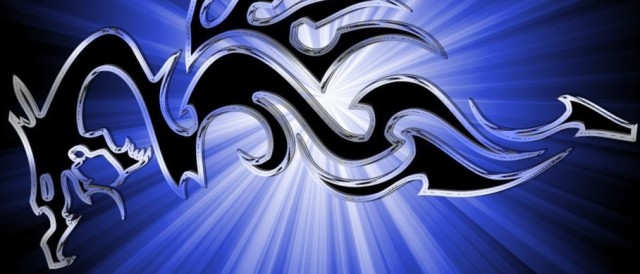Maori tattoos, also known as moko, have a long and fascinating history that is deeply rooted in Maori culture.
These tattoos have been a traditional part of Maori life for centuries, serving as a symbol of ancestry,
identity, and spiritual beliefs.The moko was traditionally applied to the face, reflecting the Maori belief that the face was the most sacred part of the body. The intricate designs were created using the traditional Maori art form of whakairo, which involves the use of chisels to etch the design into the skin.
Each moko was unique and held special meaning for the individual who wore it. It represented their ancestral lineage, spiritual beliefs, and social status. For example, a moko that included the symbol of a warrior represented strength, courage, and bravery.
In addition to the cultural significance of the moko, they also served a practical purpose. The tattoos made it easier for Maori people to identify one another and determine which tribe they belonged to, as each tribe had their own distinct style of moko.
The moko was not just limited to adult men. Women and children also wore tattoos, although their
 designs were often more simple and less elaborate.
designs were often more simple and less elaborate.Despite its long history, the tradition of the moko nearly disappeared in the 20th century due to European colonization and the suppression of Maori culture. However, in recent years, there has been a resurgence of interest in the moko, as more people seek to reconnect with their Maori heritage and cultural identity.
In conclusion, the Maori moko is a fascinating and rich part of Maori culture, representing a deep spiritual and cultural connection to one's ancestry. Whether traditional or modern, the moko continues to hold a significant place in the lives of those who wear it and serves as a lasting reminder of the rich cultural heritage of Maori people.


No comments:
Post a Comment